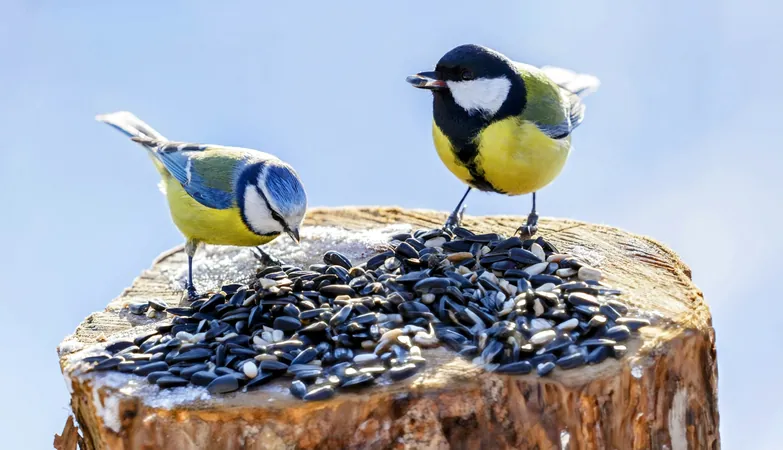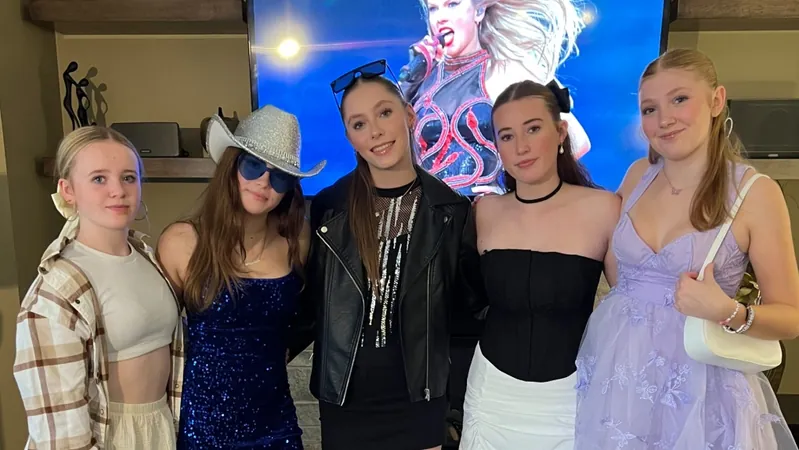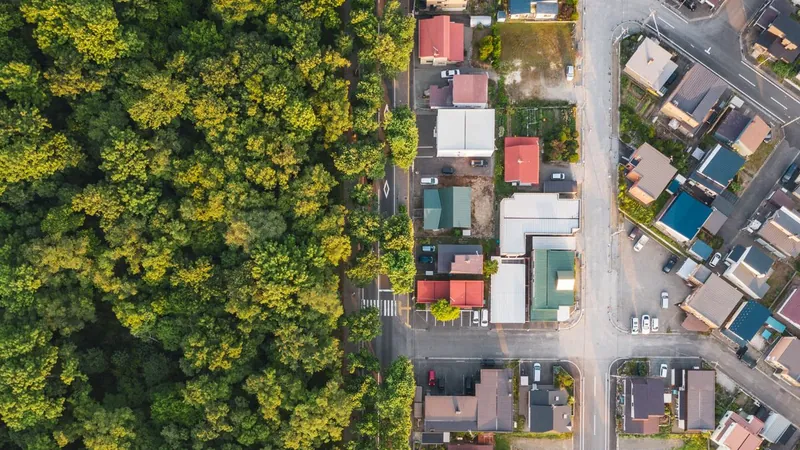
Immigrant Birds Harness Social Learning to Thrive in New Environments
2024-11-17
Author: Amelia
Unveiling Social Learning Mechanisms
For years, it has been theorized that immigration plays a crucial role in enhancing strategic social learning in avian species. This new research provides experimental evidence supporting that assumption, suggesting that great tits are remarkably observant and adaptive when they join new flocks.
Historically, great tits gained notoriety in the 1920s when they discovered how to open milk bottle lids to access creamy goodness. This clever behavior spread swiftly across Europe, leading scientists to propose that these birds were adopting and sharing techniques through observation.
Insights from Previous Studies
In a prior investigation conducted by Lucy Aplin at the University of Oxford in 2015, it was observed that great tits learned to extract food from puzzle boxes by mimicking the actions of others in their groups. This provided a foundation for understanding the social dynamics at play, where copying peers has tangible benefits.
The Experimental Approach
Dr. Michael Chimento, a postdoctoral researcher involved in the recent study, sought to pinpoint specific triggers for social learning. To test this concept, researchers created artificial social groups of wild-caught great tits, introducing a scenario where some birds were moved to environments where they observed different feeding methods than they were accustomed to.
In a striking experiment, these "immigrant" birds quickly adopted the local feeding strategies, demonstrating a remarkable capacity to learn and adapt. Not only did they adjust their methods, but the changes in their visual environment—manipulated foliage—also played a significant role in their learning processes.
Survival through Social Awareness
The findings underscore an essential survival strategy: being acutely aware of the behaviors of others can translate to significant advantages in new habitats. Migratory birds, by observing local species and quickly adopting successful behaviors, can enhance their chances of survival in unfamiliar settings.
This research has important implications for understanding broader ecological interactions. As animals like great tits migrate and adjust to new environments, their social learning impacts ecosystem dynamics, influencing species composition and interaction patterns.
Connections to Human Behavior
Interestingly, the patterns of social learning observed in great tits bear striking similarities to human learning. Humans, like these birds, often adapt to new situations by observing and mimicking the behaviors of those around them. This capacity has been pivotal in enabling communities to adapt and flourish through changing environments.
Understanding the mechanisms of social learning, both in birds and humans, underscores the interconnectedness of life on Earth. Moreover, it highlights the necessity for conservation strategies that consider how species adapt to their ecosystems, particularly in the face of climate change and habitat destruction.
This pioneering study, published in PLOS Biology, not only illuminates the social learning processes among great tits but also offers insight into the evolutionary strategies that underpin survival across species. As we delve deeper into this field, we can develop better strategies to preserve biodiversity and ensure the resilience of our ecosystems.
Stay connected for more enlightening research and discoveries about the wonders of the animal kingdom!









 Brasil (PT)
Brasil (PT)
 Canada (EN)
Canada (EN)
 Chile (ES)
Chile (ES)
 España (ES)
España (ES)
 France (FR)
France (FR)
 Hong Kong (EN)
Hong Kong (EN)
 Italia (IT)
Italia (IT)
 日本 (JA)
日本 (JA)
 Magyarország (HU)
Magyarország (HU)
 Norge (NO)
Norge (NO)
 Polska (PL)
Polska (PL)
 Schweiz (DE)
Schweiz (DE)
 Singapore (EN)
Singapore (EN)
 Sverige (SV)
Sverige (SV)
 Suomi (FI)
Suomi (FI)
 Türkiye (TR)
Türkiye (TR)